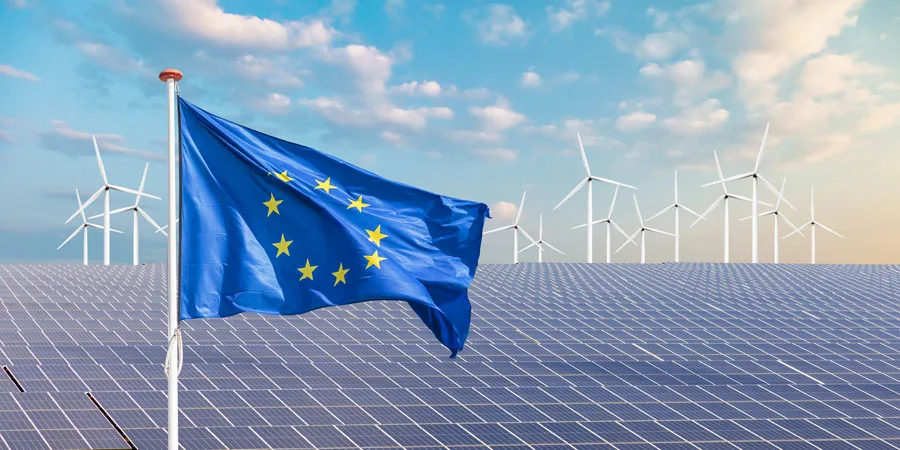- EU’s revised EPDB is now ready to become a law for all member states of the bloc
- It will speed up solar PV deployment in buildings as well as for new roofed car parks
- The new directive aims to help the bloc transform all its building stock into zero-emission
The European Council has formally adopted the revised version of the Energy Performance of Buildings Directive (EPBD), paving the way for solar PV system deployment in buildings, while reducing their overall energy use. It is part of the bloc’s Fit for 55 Package.
Aligned with the new provisions under the directive to progressively phase-out fossil fuels from heating in buildings, European Union (EU) member states will have to ensure that new buildings are ‘solar ready.’
According to the revised EPBD, the new rules will ensure buildings are ready to host rooftop solar systems or solar thermal systems so these do not require costly structural interventions at a later stage. Large existing public buildings and non-residential buildings that are undergoing major renovations or for which permit is required must be equipped with solar installations. Solar will become the requirement for new roofed car parks as well.
At present, EU buildings account for over 1/3rd of GHG emissions in the bloc. Under the EPBD, all new buildings will be required to become zero-emission buildings by 2030. It means 100% total annual primary energy use of all new buildings is covered by onsite renewable energy installations or one located nearby.
By 2050, all the EU’s building stock should be transformed into zero-emission building stock, says the council.
The EPBD also makes way for sustainable mobility infrastructure including recharging points for electric cars near or within the buildings. Smart charging will facilitate the integration of renewable energy sources such as wind and solar to the grid, thereby contributing to decarbonization of the grid.
Come January 1, 2025, and European Union (EU) member states will also need to stop subsidies for the installation of standalone boilers powered by fossil fuels. Thereafter, as of January 1, 2028, all new residential and non-residential buildings will be required to have zero on-site emissions from fossil fuels for public buildings. The deadline for the rest is January 1, 2030.
The member states will be responsible to decide which buildings to target and what measures to take. The council believes it will boost the demand for clean technologies made in Europe, and create jobs, investment and growth.
“In a climate-neutral Europe, we need to be able to heat and cool our homes and buildings with minimum emissions,” said EU Commissioner for Climate Action, Wopke Hoekstra. “We have the technologies to do this, but we need to create a stronger business case for renovations. The new Energy Performance of Buildings Directive will help mobilise additional finance and boost construction value chains.”
The European Parliament had green signaled the revised EPBD directive in March 2024 (see EU Solar Standard One Step Away From Becoming A Law).
Going forward, the EPBD directive will be signed and published in the Official Journal of the EU. The member states have 2 years to incorporate the provisions in their national legislation. By 2028, the European Commission will review the directive.
Source from Taiyang News
Disclaimer: The information set forth above is provided by Taiyang News independently of Chovm.com. Chovm.com makes no representation and warranties as to the quality and reliability of the seller and products.




